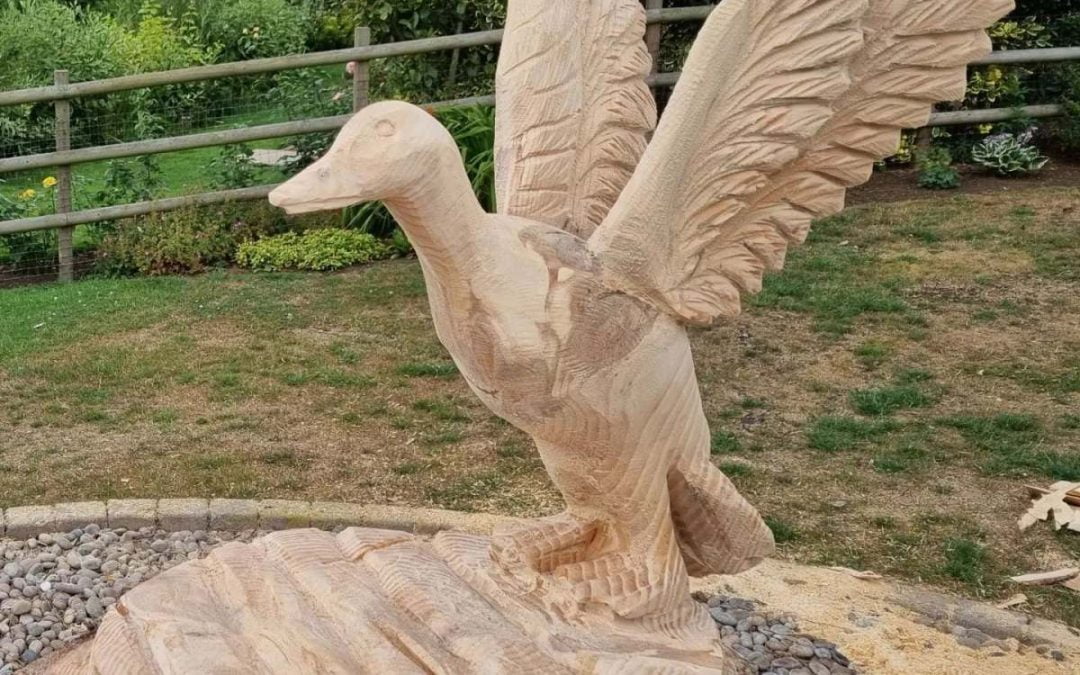Totem poles are among the most recognisable forms of Indigenous art and cultural expression. These highly carved wooden pieces have a decorative role, but they also carry a very specific cultural meaning. Totem poles in the UK serve as narrators, historical recorders, and symbols of the community. Each piece of a carved image can be a piece of the story, or a part of the family, or a part of the faith. Those poles, made from large trees, are typically cedar and are passed down through the generations, enshrining tradition and history. They connect people, the land, and ancestry.
Cultural Significance of Totem Poles in the UK
Here we will explore the cultural significance of totem poles and why they continue to matter so deeply.
1. Visual Storytelling and Oral Tradition
Totem poles are sight narrators. The oral tradition is the primary method of conveyance that spreads history to many Indigenous cultures. Instead of having to be written, things are told verbally, and generations recall them. Totem poles are beneficial because they depict such tales through carved representations. Every animal, human, or spirit character is a part of some kind of larger story. The pole narrates the significant family events, clan history, and the tales of legend.
2. Symbols of Clan Identity and Lineage
Totem poles intercede clan identity in most of the Indigenous communities. Animals or mythological creatures known as crests are what usually denote the lineage of families or clans. These crests can be eagles, bears, wolves, ravens, or whales. Position and sequence of these characters convey the message of the kinships, class, or past affiliations of the family. These sculptures are the medium of transmission of identity and maintenance of links between generations.
3. Ceremonial and Spiritual Meaning
The totem poles are spiritual. Although they are not gods, they respect spirits, ancestors, and powerful beings of nature. Other poles are erected to celebrate significant milestones, such as the birth of a child, a marriage, or the death of a respected elder. Other people take part in a gathering known as a potlatch ceremony, where there is dancing, singing, and exchanging gifts. These poles act as mediators between the physical and spiritual world.
4. Cultural Resilience and Revival
Totem poles are also regarded as symbols of resistance. Through colonisation, several Native practices were prohibited, poles were cut, some were destroyed, or they were stolen. However, the practice of carving totem poles has been replicated in society over the past few decades. Cultural knowledge has been preserved and pride restored through restorations, public installations, and community carving projects. Today, totem poles have also come to be a reminder of the Indigenous strength and cultural survival.
5. Community and Artistic Value
Producing a totem pole is not an individual job. It entails expert carvers, the local community, and native knowledge. It usually involves rituals and enlightenment through which past generations share skills with the young ones. The process of raising the pole is a social event that gathers the population to celebrate the common descent and strength of culture.
Bring meaning and craftsmanship to your space with Peter Leadbeater Designs. Specialising in custom wood carvings and totem-inspired creations that celebrate culture, heritage, and art. Reach out today to discuss your vision, we carve totem poles in the UK that last.

